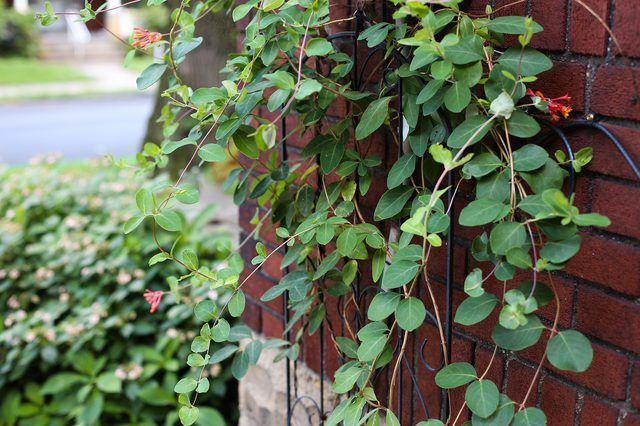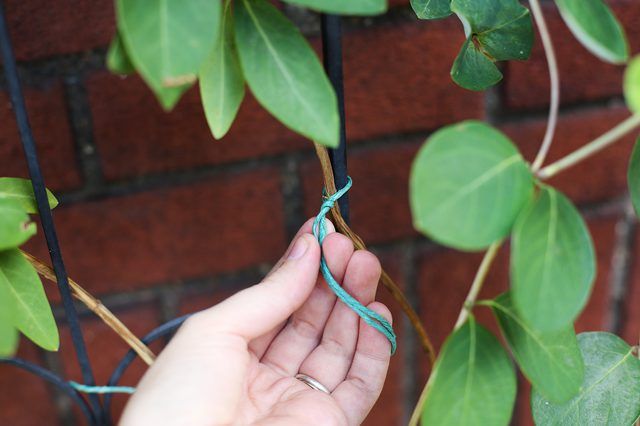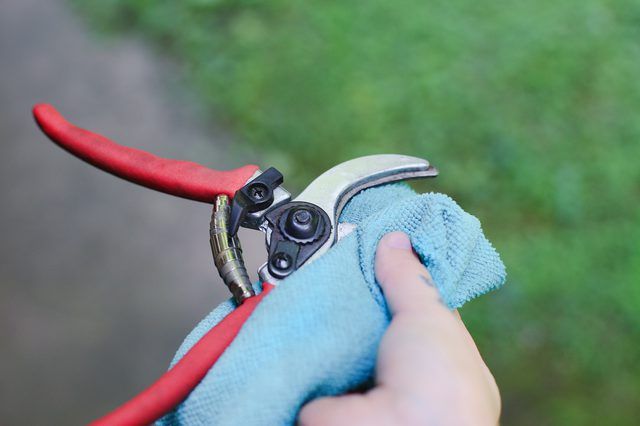Bulbs
Flower Basics
Flower Beds & Specialty Gardens
Flower Garden
Garden Furniture
Garden Gnomes
Garden Seeds
Garden Sheds
Garden Statues
Garden Tools & Supplies
Gardening Basics
Green & Organic
Groundcovers & Vines
Growing Annuals
Growing Basil
Growing Beans
Growing Berries
Growing Blueberries
Growing Cactus
Growing Corn
Growing Cotton
Growing Edibles
Growing Flowers
Growing Garlic
Growing Grapes
Growing Grass
Growing Herbs
Growing Jasmine
Growing Mint
Growing Mushrooms
Orchids
Growing Peanuts
Growing Perennials
Growing Plants
Growing Rosemary
Growing Roses
Growing Strawberries
Growing Sunflowers
Growing Thyme
Growing Tomatoes
Growing Tulips
Growing Vegetables
Herb Basics
Herb Garden
Indoor Growing
Landscaping Basics
Landscaping Patios
Landscaping Plants
Landscaping Shrubs
Landscaping Trees
Landscaping Walks & Pathways
Lawn Basics
Lawn Maintenance
Lawn Mowers
Lawn Ornaments
Lawn Planting
Lawn Tools
Outdoor Growing
Overall Landscape Planning
Pests, Weeds & Problems
Plant Basics
Rock Garden
Rose Garden
Shrubs
Soil
Specialty Gardens
Trees
Vegetable Garden
Yard Maintenance
About Honeysuckle Vine Pruning
About Honeysuckle Vine Pruning. Honeysuckle (Lonicera spp.) pruning serves several purposes: to train the plant as a privacy screen, to limit horizontal or vertical growth, or to shape the plant to suit a container or cover a wall. Severe pruning can correct bare areas on the vine. Honeysuckles potentially grow in U.S. Department of Agriculture...
Honeysuckle (Lonicera spp.) pruning serves several purposes: to train the plant as a privacy screen, to limit horizontal or vertical growth, or to shape the plant to suit a container or cover a wall. Severe pruning can correct bare areas on the vine. Honeysuckles potentially grow in U.S. Department of Agriculture plant hardiness zones 4 through 10, depending on the species and cultivar.

The 180 honeysuckle species include shrubs as well as climbers, and the vines vary in their growth rates. Japanese honeysuckle (Lonicera japonica) grows outdoors year-round in USDA zones 4 through 10. It's a fast-growing vine and requires aggressive pruning to keep it in shape and prevent it from becoming invasive. It's best to prune the vine in fall or winter when the plant is dormant, although you can prune it at any time of the year.

Native honeysuckle vines, such as coral honeysuckle (Lonicera sempervirens), which grows in USDA zones 4 through 9, won't take over your yard. This colorful vine is also called trumpet honeysuckle and cultivars include "Dropmore Scarlet" and "Alabama Crimson." Tie it to a trellis or other support structure to train it. Prune it after the peak of its spring flowering, cutting it back as much as you want, such as within 2 feet of the ground. Train the new growth by tying the vines onto a trellis and pinching it back to maintain its upward growth and shape.

On older and fast-growing vines, cut back the top portion of the vine to allow more light to the lower leaves. This helps to prevent or correct the tendency of the lower parts of the honeysuckle becoming bare. Cutting the vine back to 1 to 2 feet tall encourages the plant to produce new growth. Cutting the honeysuckle back each year helps control the invasive tendency of fast-growing varieties. The best time for severe pruning is late winter. If you cut a honeysuckle vine back severely, it won't bloom in the upcoming flowering season.

Sterilize your garden clippers before and after pruning by wiping the blades with a cloth soaked in household disinfectant. This reduces the risk of spreading diseases or pests. Regular pruning shears work well for most honeysuckle vine pruning tasks. If you have an old vine with thick, woody areas, loppers cut through the vines more easily. Your honeysuckle vine can climb vertically or provide ground cover based on how you prune it.
